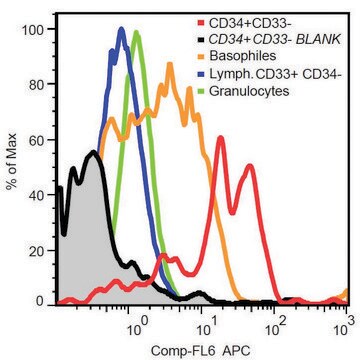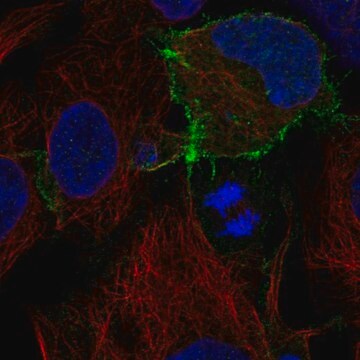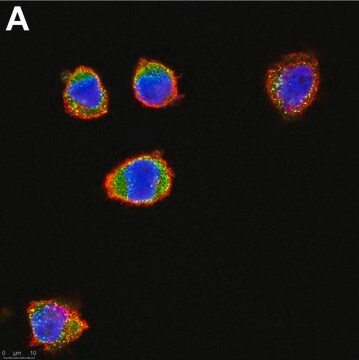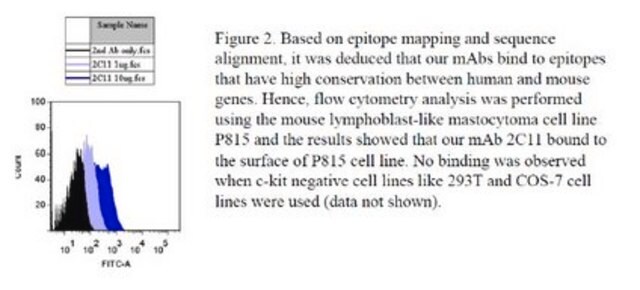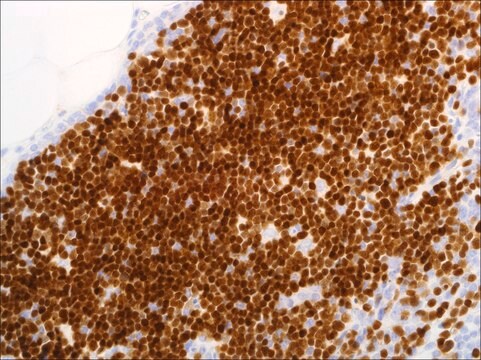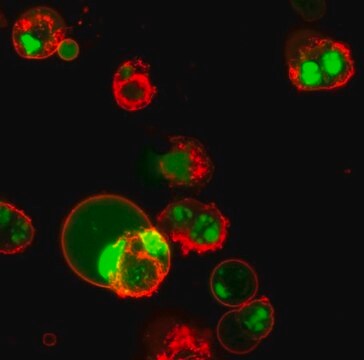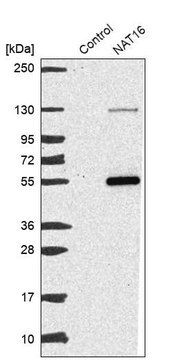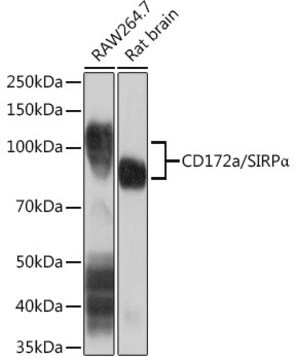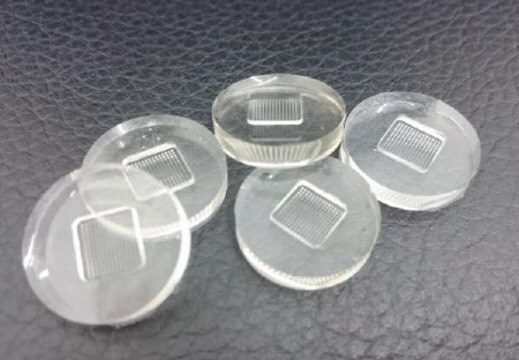CBL1360
Anti-CD117 Antibody, clone ACK2
clone ACK2, Chemicon®, from rat
Sinónimos:
c-kit, SCF Receptor
About This Item
Productos recomendados
biological source
rat
Quality Level
antibody form
purified immunoglobulin
antibody product type
primary antibodies
clone
ACK2, monoclonal
species reactivity
mouse
manufacturer/tradename
Chemicon®
technique(s)
flow cytometry: suitable
immunohistochemistry: suitable
immunoprecipitation (IP): suitable
western blot: suitable
input
sample type hematopoietic stem cell(s)
sample type mesenchymal stem cell(s)
isotype
IgG2bκ
NCBI accession no.
UniProt accession no.
shipped in
wet ice
target post-translational modification
unmodified
Gene Information
human ... KIT(3815)
General description
Specificity
Application
Immunoprecipitation
Immunohistochemistry (Frozen)
Western blot
Blocking Ligand Binding
Optimal working dilutions must be determined by the end user.
Stem Cell Research
Hematopoietic Stem Cells
Mesenchymal Stem Cells
Target description
Linkage
Physical form
Storage and Stability
Analysis Note
Skin tissue, normal breast epithelium, melanocytes, mast cells and glial cells
Other Notes
Legal Information
Disclaimer
¿No encuentra el producto adecuado?
Pruebe nuestro Herramienta de selección de productos.
Optional
Storage Class
10 - Combustible liquids
Certificados de análisis (COA)
Busque Certificados de análisis (COA) introduciendo el número de lote del producto. Los números de lote se encuentran en la etiqueta del producto después de las palabras «Lot» o «Batch»
¿Ya tiene este producto?
Encuentre la documentación para los productos que ha comprado recientemente en la Biblioteca de documentos.
Nuestro equipo de científicos tiene experiencia en todas las áreas de investigación: Ciencias de la vida, Ciencia de los materiales, Síntesis química, Cromatografía, Analítica y muchas otras.
Póngase en contacto con el Servicio técnico